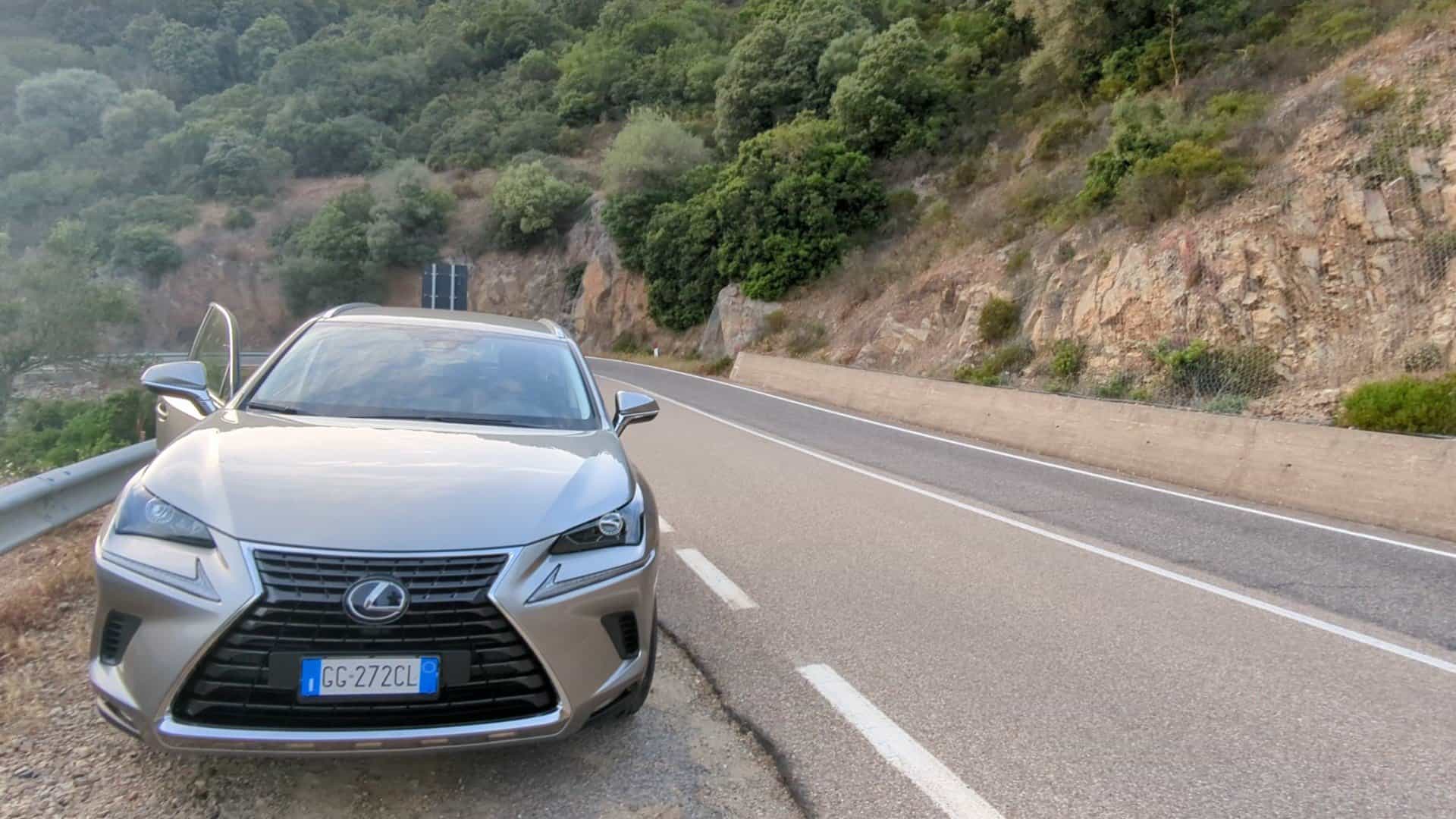Car vs Trains in Italy: Is Renting a Car Worth It for Your Trip? (2025 Guide)
Disclaimer: This post may contain affiliate links, which means I may earn a small commission if you make a purchase at no additional cost to you. I only recommend products and services that I would use myself and all opinions expressed here are my own. You can read my full privacy policy here.
Not sure whether to rent a car or rely on trains for your Italy trip?
You’re definitely not alone. It’s one of the biggest decisions if you’re planning a multi city trip to Italy and definitely shapes the kind of experience you’ll have.
I’ve tried both train journeys and car rentals in Italy and honestly speakign – the difference isn’t just about convenience or cost — it’s about how you experience Italy and where you are going.
For big cities like Rome, Florence, Milan? Trains make it easy.
For regions like Tuscany, Puglia, Amalfi Coast or the islands like Sicily and Sardinia? Having a car gives you the kind of freedom trains simply can’t. Think vineyard roads, tiny beach towns, places where buses don’t run.
In This Guide, we will cover –
1. Where a car adds real value (and where it doesn’t)
2. How Car Rental v Train costs really compare — no surprises.
3. How to plan transport if you want flexibility but hate overpaying
If you’re already leaning towards driving, it’s worth comparing prices now — I always book with free cancellation just in case plans change.
→ Compare rental car prices in Italy now with Discover Cars (free cancellation, no hiddeen fees)
1. Should You Rent or Take the Train?
If you’re sticking to major cities like Rome, Florence, Milan — the train is almost always the smarter, cheaper, and less stressful choice. Italy’s high-speed rail is fast, reliable, and well-connected for city-to-city travel.
But if your plans include countryside, coastal regions, hill towns, or national parks — think Tuscany, Amalfi Coast, Puglia, Sicily, or the Dolomites — having your own car gives you access, freedom, and flexibility trains simply can’t match.
| Already leaning towards driving? → Lock in the best prices now with Discover Cars – flexible booking, free cancellation |
1.1 What I Recommend Based on First Hand Experience
| Type of Trip | Best Option |
| Big cities only (Rome, Florence, Milan) | Trains |
| Tuscany, Amalfi, Puglia, Dolomites etc | Rental Car |
| Islands – Sicily, Sardinia etc | Rental Car |
| Small towns, beaches, vineyards, mountains | Rental Car |
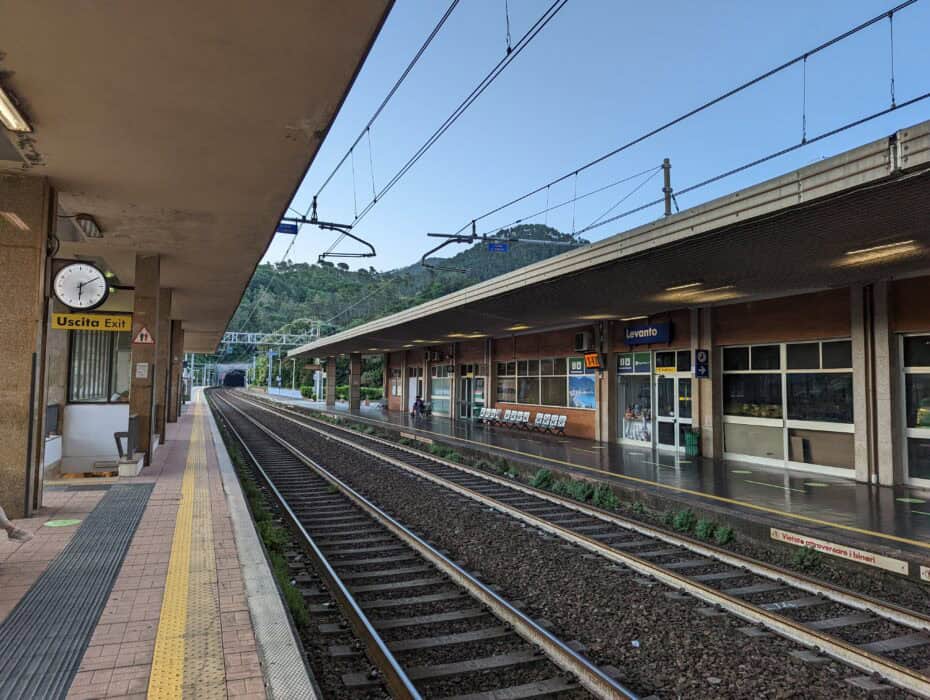
1.2 What About Trips That Include Both Cities and Smaller Towns?
If your Italy itinerary mixes big cities with smaller towns or countryside, splitting your transport usually works best — and it’s something I’ve done myself on past trips.
Starting with the train makes things easier for the city part of your journey. You won’t have to deal with the hassle of ZTL zones, parking fines, or heavy traffic. Trains between places like Rome, Florence, and Milan are fast, affordable, and reliable.
But once you’re ready to explore — whether it’s vineyard lunches in Tuscany or coastal drives in Puglia — having your own car gives you the freedom to plan days on your terms, not around timetables.
I would recommend booking a car from the city on the last day. Where you’re itinerary is not looping back to the same, place, I would highly recommend checking with the car hire in advance if one way bookings are allowed. Most places we booked with have allowed this, for a smaller additional fee (€30–€100), ith some longer 5–7 days car rentals, waiving the fee altogether this is often free, but it’s worth checking because shorter rentals sometimes come with a small fee.
2. Pros & Cons: Driving vs Trains in Italy
If you’re deciding between renting a car or relying on the trains in Italy, it really depends on the kind of trip you want. Both options work well — but in very different ways.
This isn’t just about cost or convenience. It’s about how you want to move through Italy: sticking to the big cities with ease, or having the freedom to venture into smaller towns and countryside areas that trains won’t reach.
Below is a driving v train comparsion based on what you want to prioritise in Italy
| Factor | Trains | Driving / Rental Car |
| Freedom & Flexibility | Fixed routes & timetables | Freedom to stop anywhere, anytime |
| Access to Small Towns | Can require multiple connections | Direct to villages, beaches, vineyards |
| Ease / Stress | No driving, parking, or ZTL worries | Requires confidence with roads, parking |
| Luggage / Practicality | Carry bags on/off trains, stairs | Luggage stays in the car between stops |
| Cost | Often cheaper between major hubs | Can be better value for rural trips |
| Time Efficiency | Fast between cities like Rome–Florence | Often faster point-to-point in remote areas |
| Experience | Relax, watch scenery, no navigation needed | Explore at your own pace, find hidden spots |
→ Compare Italy rental cars with Discover Cars for flexibility, convenience and countryside access
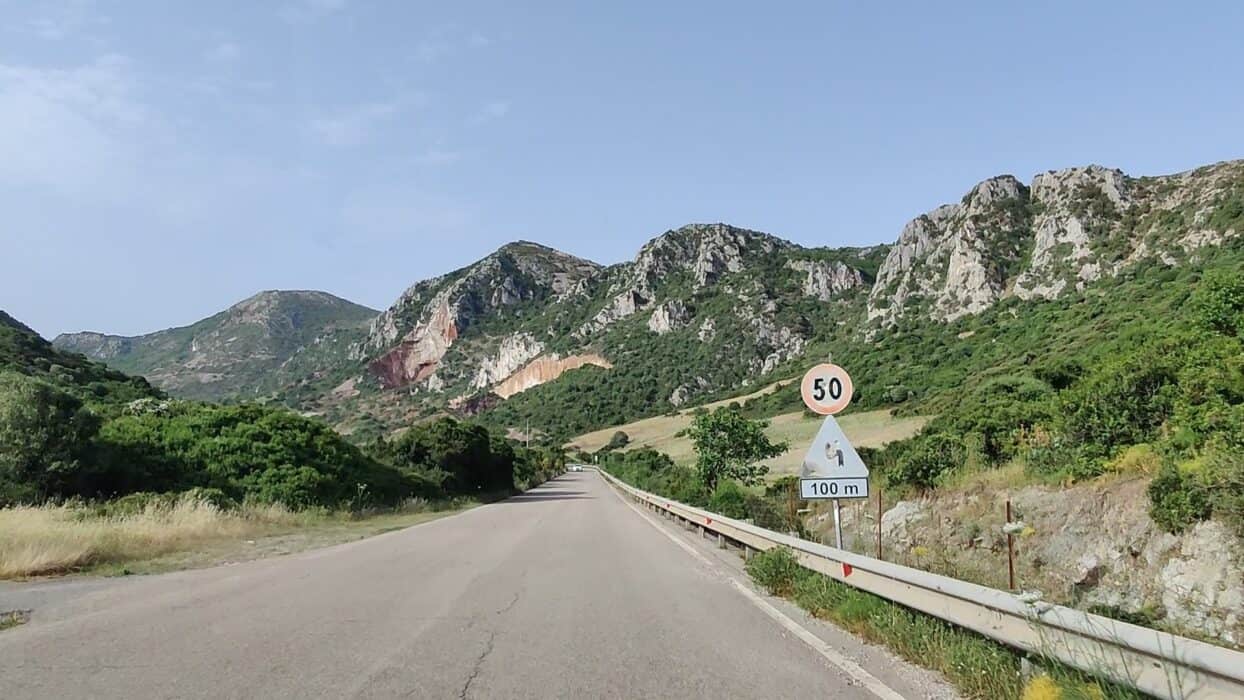
3. When Renting a Car Makes More Sense (By Region)
If you’re planning to explore Italy beyond the main cities, having your own car gives you freedom, flexibility, and peace of mind. Trains and buses work great between major hubs, but when it comes to reaching smaller towns, beaches, vineyards, and countryside stays, public transport quickly becomes slow, complicated, or simply non-existent.
These are the areas where a rental car saves you time, stress, and missed opportunities — based on real experience.
I’ve rented cars multiple times in Italy, Sardinia and most recently across Puglia, and it’s always been worth it in these kinds of areas, where trains and other public transport are limited. Ive somehow also found these part of Italy to be the most understated and rewarding.
Best Regions for Renting a Car in Italy
| Region | Why Driving Helps | Where to Pick Up Your Rental |
| Tuscany & Umbria | Winding roads through vineyards, hill towns, and farm stays aren’t easily reached by train or bus. | Florence, Pisa, Perugia airports |
| Puglia & Southern Italy | Charming beach towns and rural masserias are spread out — driving makes it easy to explore at your own pace. | Bari, Brindisi, Lecce city center |
| Sicily | To really see Sicily — from Palermo to ancient ruins to hidden beaches — driving is the only way to cover the island properly. | Palermo, Catania, Trapani airports |
| Sardinia | Remote beaches, mountain towns, scenic drives — Sardinia rewards those who can roam freely. | Cagliari, Alghero, Olbia airports |
| Amalfi Coast & Naples | The freedom to stop, explore, and stay outside busy hubs (Sorrento, Amalfi) makes having a car worth it. | Naples Airport for easiest pick-up |
Heading to Tuscany, Puglia, or Sicily?
See rental options from airports and cities with Discover Cars.

4. When Taking the Train Is the Smarter Choice
If you’re focused on Italy’s big cities, I hand down find public transport is almost always the easier, cheaper, and more enjoyable way to get around. Growing up on the other side on the world in a country like New Zealand, I’m still always amazed at how well connected European cities with an extensive rail network.
I’ve traveled across Italy multiple times — from Rome to Florence, Venice to Milan, Naples to Bologna — and when you’re sticking to these kinds of destinations alogn Itay’s rail network, the trains just make life simpler.
Where Trains Work Best – Rome, Florence, Venice, Milan, Naples, Bologna, Turin
- These cities are built for trains, walking, and public transport.
- ZTL zones (limited traffic areas) make driving stressful and parking even harder.
- High-speed trains connect them in just a couple of hours.
- Rome to Florence – About 1.5 hours by fast train.
- Florence to Venice – Around 2 hours.
- Rome to Naples – 1 hour on the Frecciarossa.
These journeys are faster, smoother, and often cheaper than dealing with tolls, fuel, and parking.
Trains are also great for City Day Trips
If you’re basing yourself in Florence, Bologna, or Milan, day trips by train to places like Pisa, Lucca, Parma, Verona, and even Lake Como are easy, fast, and inexpensive. No car needed.
Where Trains Make More Sense:
- City-hopping on a tight schedule
- Solo travelers or couples (car rental costs don’t split as well)
- Not confident driving abroad
- Don’t want the hassle of parking fines, tolls, or traffic
If you’re sticking to cities, book your train tickets in advance — it’s cheaper, seats are guaranteed, and you can skip the queues. I recommend Omio to search and book in English with no surprises on price.
Already decided on trains? Booking tickets ahead saves money and guarantees seats, especially in peak season.
→ Search Italy train tickets and book on Omio
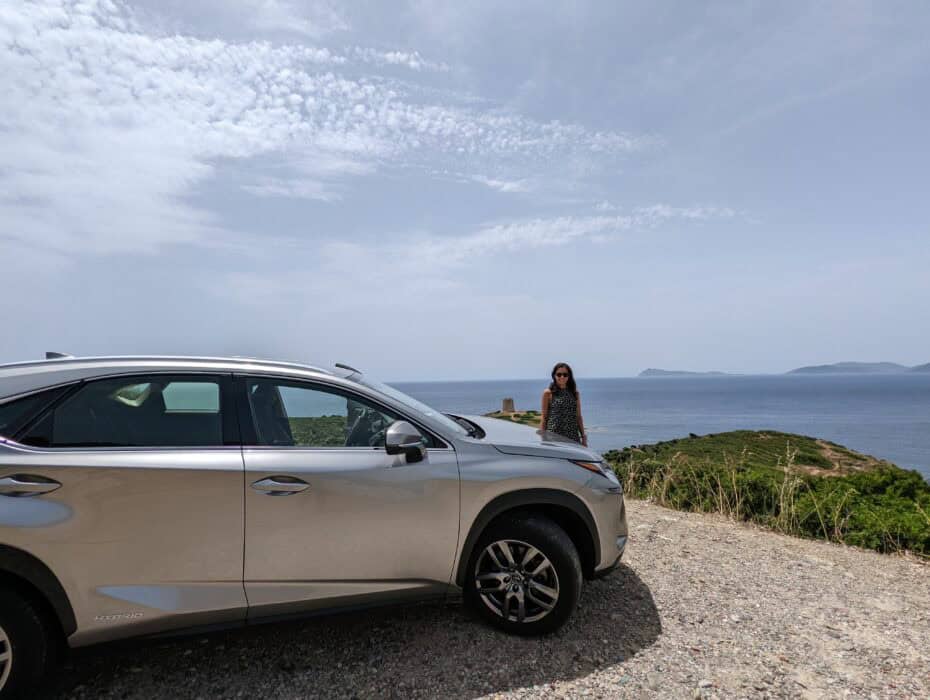
5. Cost Comparison: Renting a Car vs Taking the Train in Italy
One of the biggest questions people ask when planning their trip to Italy is which works out better in the end — renting a car or sticking with the trains.
The truth is, it really depends on where you’re going and the kind of trip you want to have.
If you’re planning to hop between major cities, trains are often quicker, easier, and cheaper. But if you want to explore Italy’s countryside, coastlines, and smaller towns, having a car gives you a lot more freedom — and can save you time and hassle once you’re on the ground.
5.1 Realistic Cost Comparson for 2 People
| Route Example | Trains (Return for 2) | Rental Car (5 Days) | Quick Take |
| Rome → Florence → Chianti | €160-€200 (fast + local trains) | €250-€300 + €50 fuel + parking | A car makes countryside day trips much easier |
| Rome → Naples → Amalfi Coast | €100-€140 | €200-€250 + tolls | Amalfi parking is expensive, train works well unless exploring inland |
| Milan → Lake Como → Dolomites | €180-€240 | €300-€400 + fuel | A car saves time in the mountains, gives more flexibility |
| Puglia (Bari → Alberobello → Ostuni) | Slow, patchy connections | €200-€280 + fuel | Puglia is made for road trips — driving is 10x easier |
| Sicily (Palermo → Cefalu → Agrigento) | Slow, awkward routes | €220-€300 + fuel | Trains don’t work well — a car is usually the better choice |
→ Compare rental prices across Italy on Discover Cars
— flexible, with free cancellation if plans change
5.2 Things to Consider Beyond Price
It’s not just about the numbers. Renting a car changes the experience of your trip.
For cities, trains work well because stations are central and you avoid traffic, parking, and tolls.
But if you’re dreaming of countryside drives, vineyard lunches, or pulling over to snap a photo whenever you feel like it — having a car gives you that freedom. It’s also the difference between spending two hours on rural buses or just getting there easily in half the time.
Personal note (for EEAT): I’ve done Italy both ways — trains between big cities, car hire for regions like Puglia and Sardinia. Every time I’ve had a car in those rural spots, the trip’s been smoother, easier, and more enjoyable, without the stress of train schedules to follow.
Hidden Costs (People Often Overlook)
- Trains: Additional taxis to/from stations, paying extra to reserve seats on busy routes, last-minute price hikes.
- Cars: Toll roads, parking fees (especially near old towns), fines for accidentally entering ZTL zones (I’ve covered this in my Italy driving tips guide).
Car rentals in Italy — especially automatics — sell out quickly for peak seasons. Booking early (with free cancellation) gives you peace of mind and usually saves you money.

FAQs About Renting a Car & Driving in Italy
If it’s your first time renting a car in Italy (or just your first time driving here), these are some of the practical things I wish someone had told me upfront.
Is it hard to find automatic rental cars in Italy?
Manual cars are standard in Italy, especially with local rental companies. Automatics are available, but they’re more expensive and usually get booked up faster — especially in summer and around popular airports.
If you need an automatic, it’s worth booking early to lock it in.
How expensive are toll roads in Italy?
Italy’s highways (autostrade) are fast and generally in good condition — but tolls can add up quickly. For longer drives (Rome to Florence, for example), expect to pay around €20–€40 in tolls.
Payment is usually by card or cash at toll booths. Some locals use a Telepass system for faster lanes, but visitors don’t usually have this.
What’s the deal with ZTL zones?
Cities across Italy — especially historic ones — use ZTL (Zona Traffico Limitato) zones to limit traffic in the center. Driving into one without permission triggers automatic fines.
Check with your hotel or Airbnb where you can (and can’t) drive. Often the best approach is to park at your accommodation’s suggested lot and explore on foot.
What kind of fuel do rental cars in Italy use?
Rental cars are commonly diesel in Italy (they’re cheaper to run for long distances).
Here’s a quick cheat sheet at the pump:
- Green nozzle → Petrol (Benzina)
- Black nozzle → Diesel (Gasolio)
Fuel stations aren’t always self-service. Some require paying the attendant or paying inside. Not everywhere accepts foreign cards, so keep a little cash handy.
Do I need GPS or will my phone work?
Google Maps is reliable for most routes, but coverage can get patchy in rural areas. I recommend downloading offline maps ahead of time (Google or Maps.me both work well).
If you prefer, you can add a GPS unit to your rental — but I’ve always found my phone works fine.
What’s driving like in Italy? Is it stressful?
On highways, driving is pretty straightforward. The challenge comes with rural roads — they’re often narrow, winding, and shared with tractors or cyclists.
Italian drivers are assertive. They won’t hesitate, they won’t wait long, and they expect you to keep moving confidently. It’s nothing to stress over — just stay calm and follow the flow.
Can I pick up a car in one city and drop it off somewhere else?
Yes — most rental companies in Italy allow one-way hires within the country. For example, picking up in Florence and dropping off in Rome.
For trips over 5–7 days, there’s often no extra fee. Shorter rentals sometimes come with a charge (around €30–€100). Crossing borders (into France, Switzerland, etc.) will usually cost a lot more.
Check current prices and one-way options on Discover Cars →
Ready to book?
Italy’s rental cars book out fast — especially automatics, peak seasons, and smaller airport locations. Booking early with free cancellation gives you more choice and flexibility.
The Easiest Way to Plan Your Italy Transport
By this point, you probably know whether renting a car or sticking with trains is right for your trip. Either way, getting the key pieces booked early saves you stress (and usually money) later on.
For countryside, road trips, or beaches:
→ Compare rental car prices with free cancellation.
Check Italy Car Rentals → Discover Cars
If you’re traveling by train?
→ Book rail tickets ahead for the best prices and smoother connections.
Check Omio Italy for timetables and booking →
For cities and public transport?
→ Find hotels near stations or with parking included.
See Italy hotels → Booking.com
Booking these early is the easiest way to avoid last-minute headaches — and makes the rest of your planning a lot smoother.
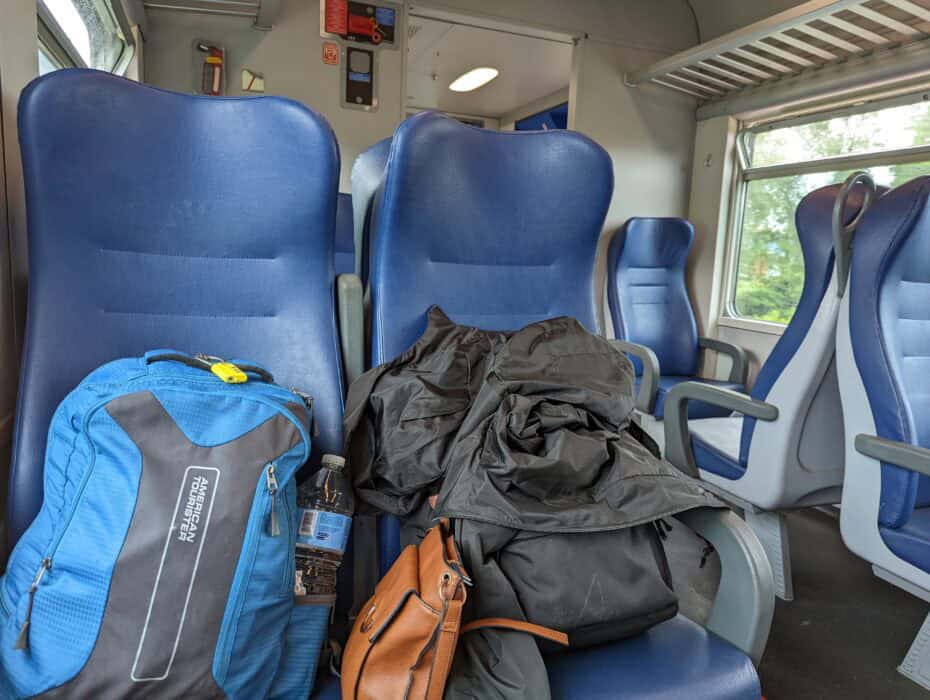
Are you heading to Italy? check out our helpful guides below –
Best Places to Stay in Bari for First Time Visitors: Area Guide + 17 Top-Rated Hotels
A Guide to Rideshare Apps in Italy – Uber Alternatives in Italy
Is Bari Safe for Tourists? A Comprehensive Guide
269 Inspiring Italy Captions for Instagram

